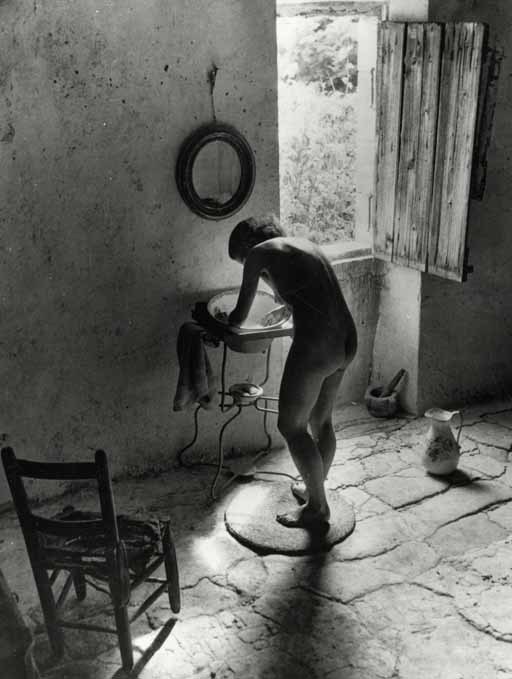nicolas claris
OPF Co-founder/Administrator
Personne ne l'a remarqué parce qu'il ne les a pas retirées. Elles sont toujours là.
Et pourtant si, elles étaient même retirées de "photobucket".
Nigel a du les reposter…
Même James l'avait remarqué.
Personne ne l'a remarqué parce qu'il ne les a pas retirées. Elles sont toujours là.
Actually, I removed them as I did not like the tone the criticism which I felt was nothing about photography or even the tradition of photography but all about personal cultural prejudices. Asher asked me to reinstate them, to which I agreed. However I believe he must have done so through a back up

At the 2016 L.A. Art Show, (last day today at the L.A. Convention Center, There's a massive display of high fashion/society folk dead in the crime scenes meticulously photographed and also on actual 3D full size recreation with a body!
Seeing this, lifting the veil of privacy is certainly acceptable today for the sake of art!



I am sorry, but I cannot view images without context. I'll explain by coming back to the two examples I cited.
The first one:

(Willy Ronis: Le nu provençal)
Willy Ronis photographed his wife: Marie-Anne Lansiaux.
When the Germans occupied Paris, in 1940, Ronis (whose parents had both emigrated from eastern Europe in response to turn-of-the-century anti-Jewish persecution) fled south to the area under control of Vichy.
It was during his time in the south that Ronis met Marie-Anne Lansiaux, a painter and committed communist. Ronis himself had identified from a young age with the left, so we can imagine that there was a double community of thought between the two persons, both were artists and both identified with the left and fled Paris because of their ideas.
The image is wildly recognised. The story, as Ronis recalls, is: “We had a little stone cottage at Gordes. It was a hot summer, and I was repairing the attic. I needed a towel, so I came down and there was Marie-Anne standing naked on the stone flags, washing herself from the tin basin. ‘Don’t move,’ I said and, my hands full of plaster, I grabbed my Rolleiflex and took four shots. It was the second shot which I chose.”
It is obviously an intimate image, but one that transcribes feelings of a simple life in simpler times. The light is magnificent, as it often is in Provence.
The second one:

Imogen Cunningham (1883-1976)
The Unmade Bed, 1957
This photograph was made in 1957, as a study for photographing your environment without anyone in it. Imogen said: "And one morning I got up and that was the way my bed looked, and I threw my hairpins in it."
With that second image, we have a completely different approach. The image is completely set-up. Sure, it is an unmade bed, but the objective was a study. The hairpin have been deliberately added, so that the viewer understands the bed was occupied by a woman. Yet, the viewer will not immediately understand that the same woman is actually the photographer.

Now, I am terribly sorry, but the context of the pictures by Nigel Alan is, in my eyes, less positive. At the time Maria was first presented to us as a model, we had an ongoing discussion titled Your views on photographing art nudes: Art or exploitative titillation?, where we discussed appropriate behaviour between a photographer and a model. Then, Thailand probably has the largest sex industry on this planet directed to the entertainment of not so young occidental males and Macau is not really a holy place either. Last but not least, this forum prides himself on checking the background of its members. Yet, when I tried to find out the story behind the pictures, I simply typed "Nigel Allan Thailand" into google and all I get is pages after pages of scandalous behaviour by an Englishman bearing that name, with a wife and 3 children in England and scamming people with cryptocurrency and carbon taxes schemes. I am not easily offended, but it is a bit much to swallow: I don't mind the sex part, but I recent being taken as an imbecile.
Now, maybe the pictures are just as set up as Imogen's bed, Macau is photoshopped in, Maria actually lives in London and Nigel is pulling our collectives legs. In that case, I would agree that this is great art as it succeeds in describing a situation creating emotions. In the other case, less so. Context is important.
I would have preferred to see more of the ladies face!
Which one?
The lady on the bed!
